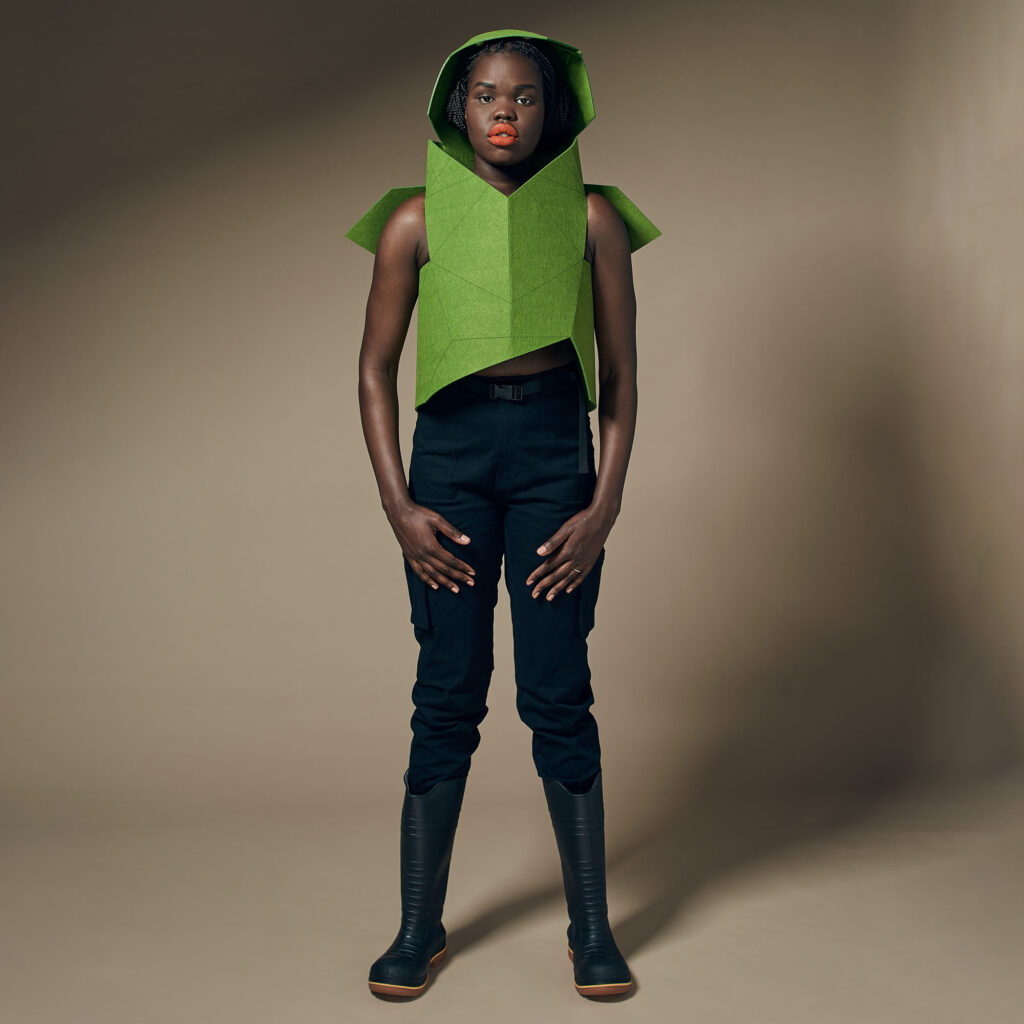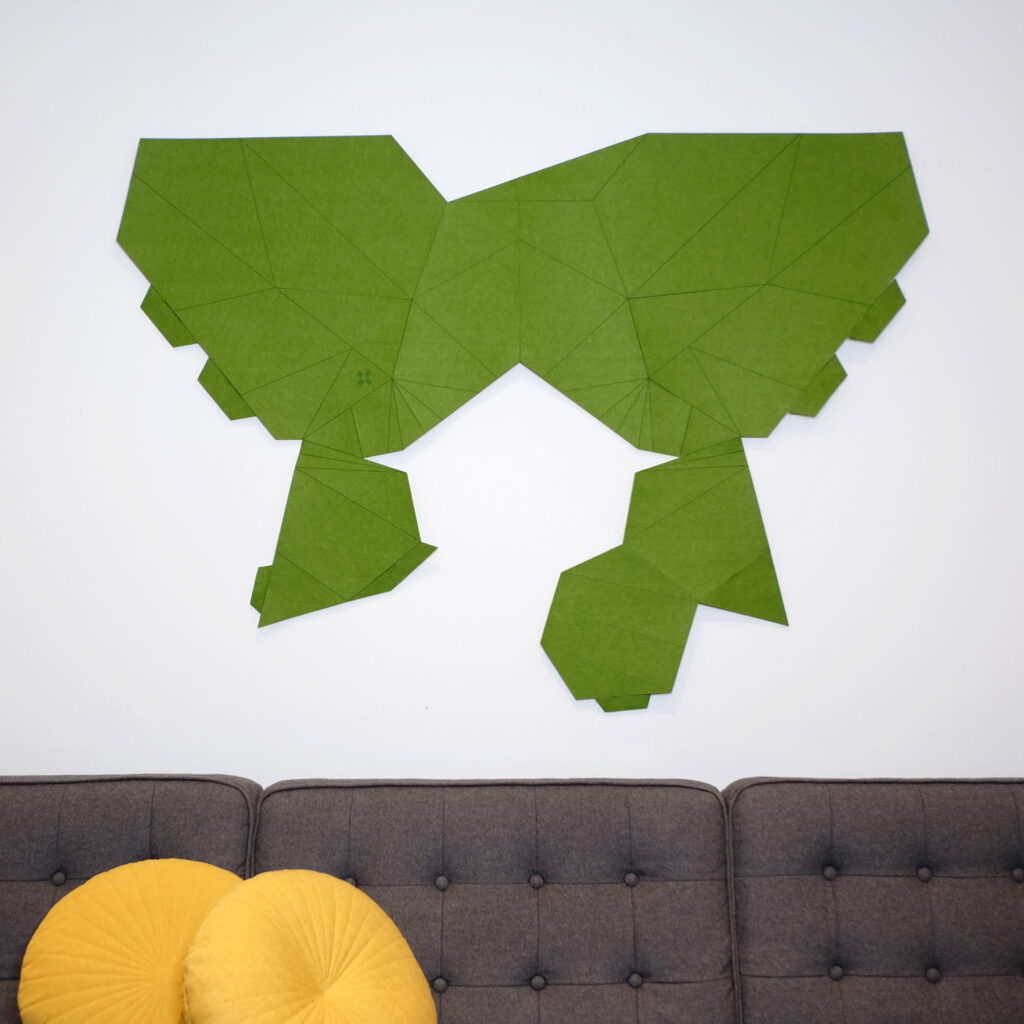There’s something quietly radical about Morgan Mallett’s Decrypt collection. At first glance, it’s a series of sculptural, minimalist garments that wouldn’t look out of place in a futuristic gallery or a sci-fi film. But behind each precise fold and recycled fiber lies a much deeper story—one rooted in the covert brilliance of the WWII codebreakers at Bletchley Park.
Mallett, the multidisciplinary force behind Design + Conquer, first encountered the Bletchley story while watching a wartime documentary. What struck her most wasn’t just the historic importance of the codebreaking, but the invisibility of the women who powered it. “Women made up the majority of Bletchley Park’s workforce,” she says, “and post-war, they were expected to revert back to their pre-war roles… they were sworn to secrecy. Their families couldn’t even know.”
That tension—between high-stakes heroism and enforced domestic silence—left an imprint on Mallett. “Can you imagine deciphering code from a freshly blood-stained Nazi code book… and then going back to being a teacher or running a household, without being able to tell anyone for 35+ years?” That haunting duality became the spark for Decrypt.

And duality runs through every aspect of the collection. Each piece is simultaneously a garment, a sculptural wall hanging, and a sound-absorbing artwork. Crafted from 70% post-consumer recycled polyester felt (rPET), the designs speak not only to historical narratives but also to the future of sustainable fashion. “If a design can have multiple uses, that adds to its sustainability,” Mallett explains. “Even better? Designing something fully circular and recyclable.”
Working with acoustic felt wasn’t just a sustainability choice—it was symbolic. Unlike traditional fashion materials that announce their presence through sound (think: clacking heels or swishy fabrics), acoustic felt is intentionally quiet. “It absorbs sound rather than emits it,” says Mallett. “And this parallels the cryptanalytic work at Bletchley—they captured information from their environment while avoiding drawing attention to themselves.”

Each piece in Decrypt is crafted from a single piece of material—a constraint that pushed Mallett to reject conventional pattern-making and invent entirely new ways to clothe the body. It’s this experimental approach, where design is a form of problem-solving, that defines her process. “Constraints are ironically a way to build innovation into a project.”
Mallett’s hands-on approach is immersive. She not only designs the pieces, but also directs the styling, video, and even hair and makeup—constructing what she calls a full “universe” around the work. “Every role is an opportunity to enrich a collection,” she says. “Sometimes I start with a video concept and build out the designs from there.”
Shot in Vancouver, the Decrypt lookbook came to life through a collaborative team, one of Mallett’s favorite aspects of the process. “I love the solutions a team comes up with on set,” she says. “What works on paper might not work in real life—and that’s where the magic happens.”
As for what’s next, Mallett is diving into music editing software, curious to fold audio and visuals even further into her practice. Some of her accessory pieces were purchased by Paramount+ for Star Trek: Strange New Worlds, Season 3. “It’s so fun to see how costume designers interpret my work—sometimes in ways I never imagined,” she says.
With Decrypt, Morgan Mallett has crafted more than a collection—she’s offered a reverent, radical tribute to invisible histories, and a glimpse of a future where fashion doesn’t just dress the body, but tells the untold stories it carries.
Click here to visit their site!



